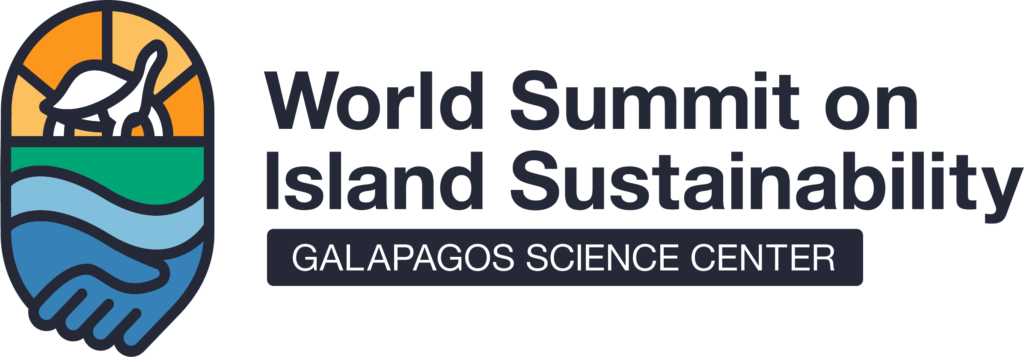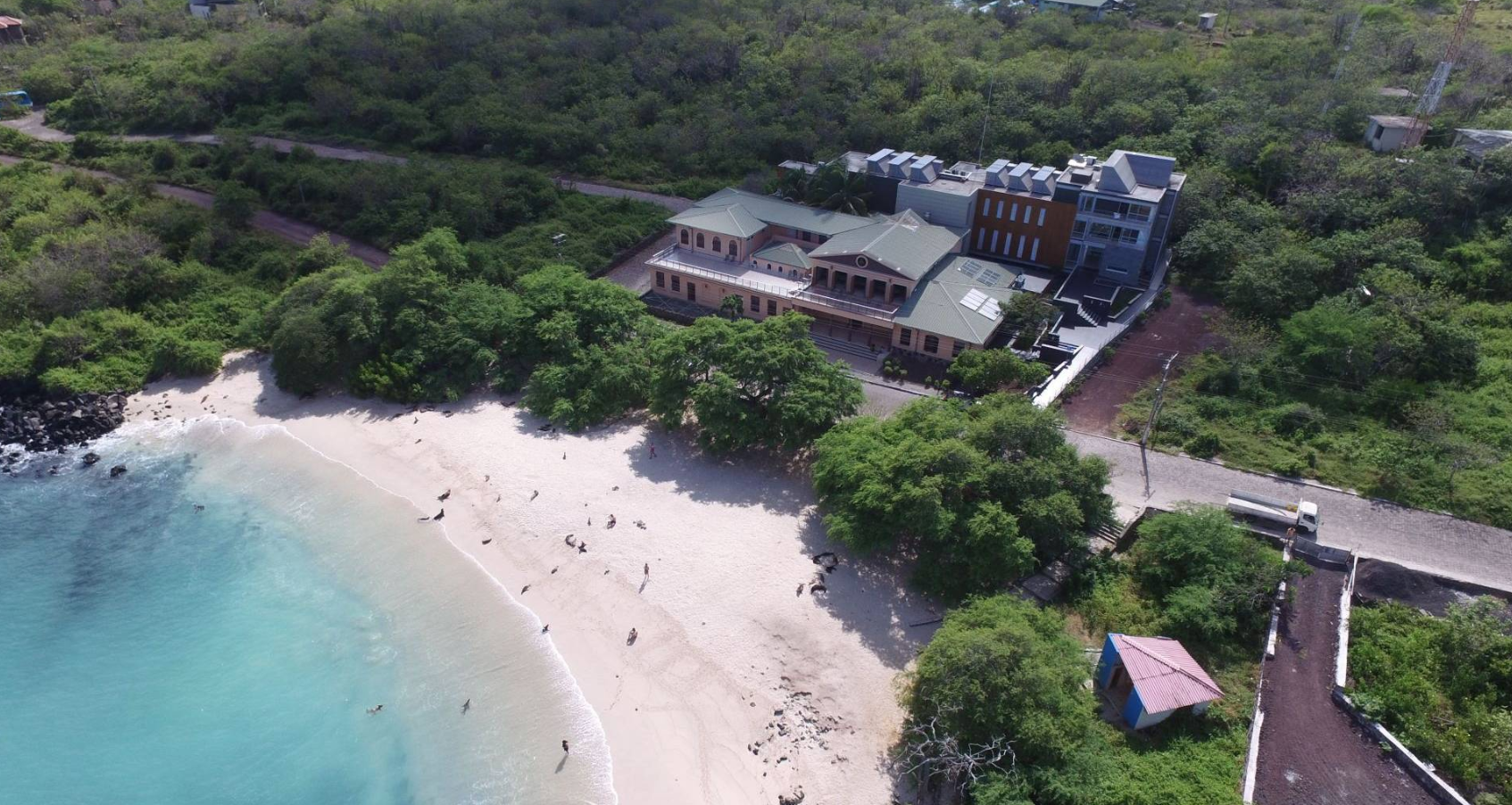New nursery for vulnerable hammerhead shark discovered in Galápagos
Scientists on a Greenpeace expedition in the Galápagos Marine Reserve believe they have found what could be the first known smooth hammerhead shark nursery in the region after observing several young pups. The team was also able to track a subadult smooth hammerhead.
New nursery for vulnerable hammerhead shark discovered in Galápagos Read More »


